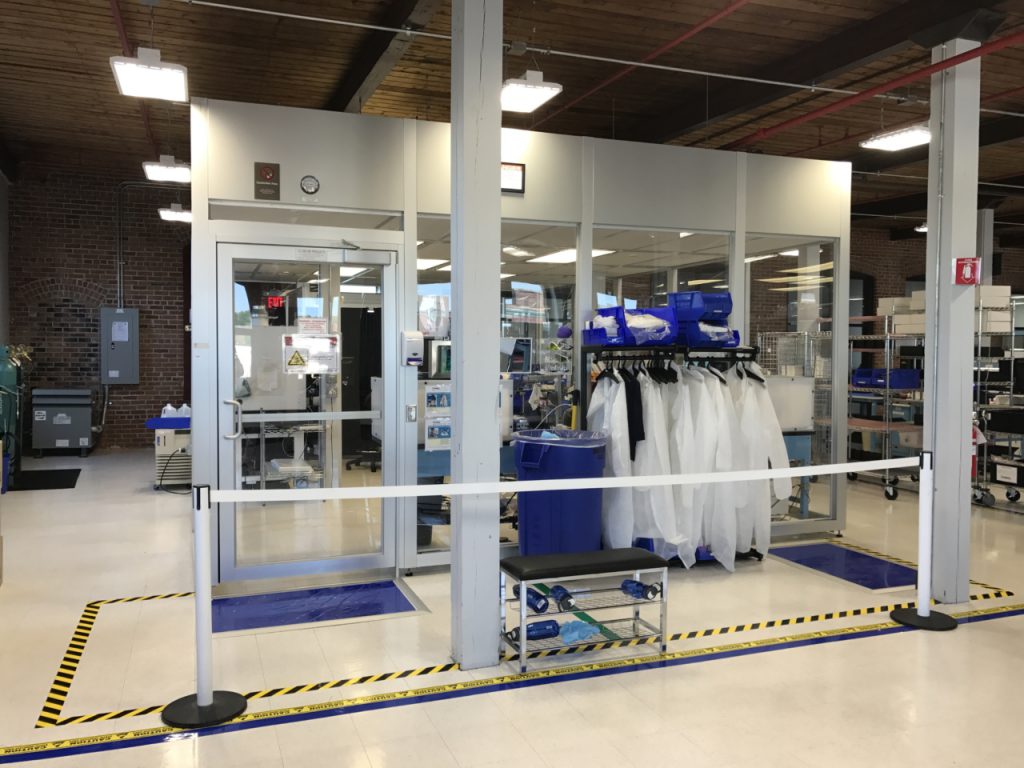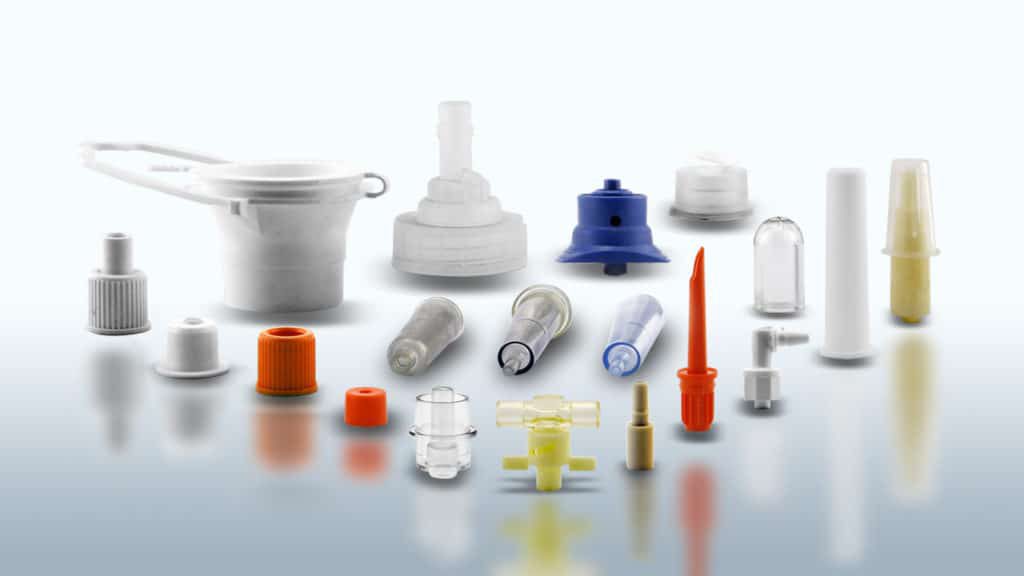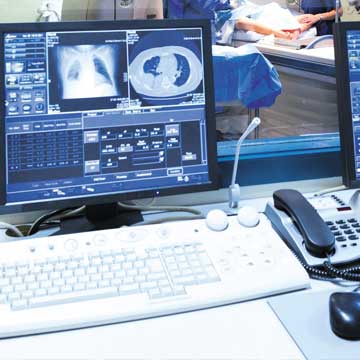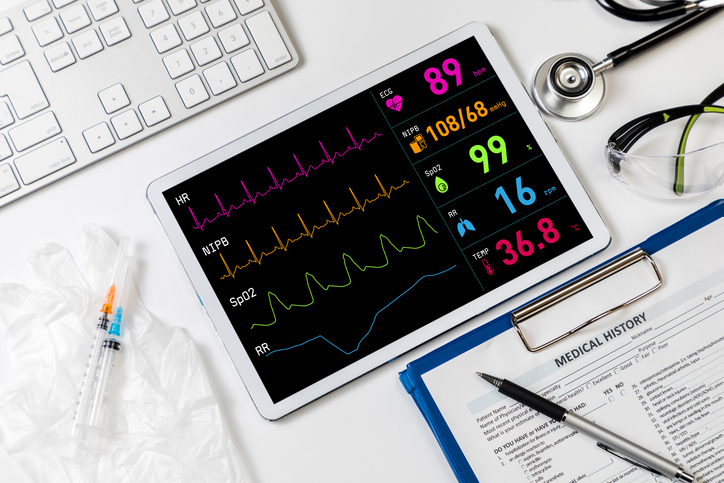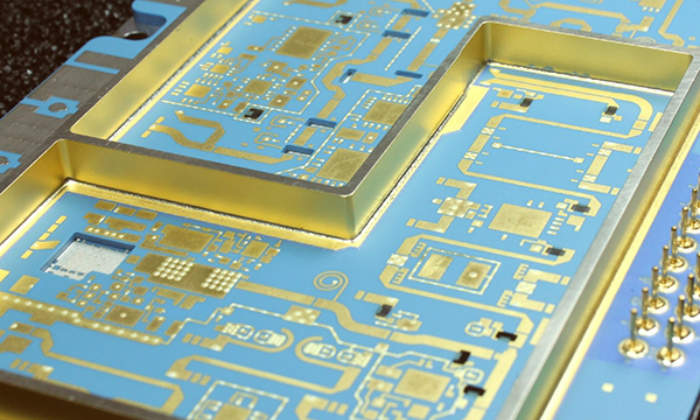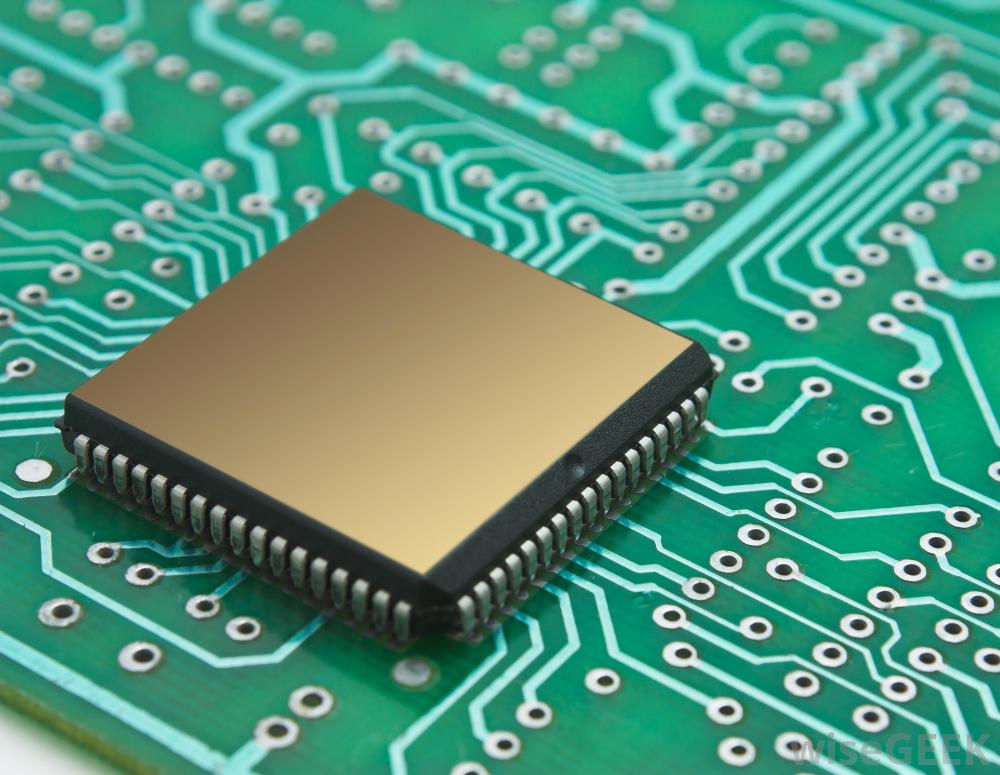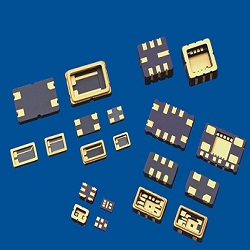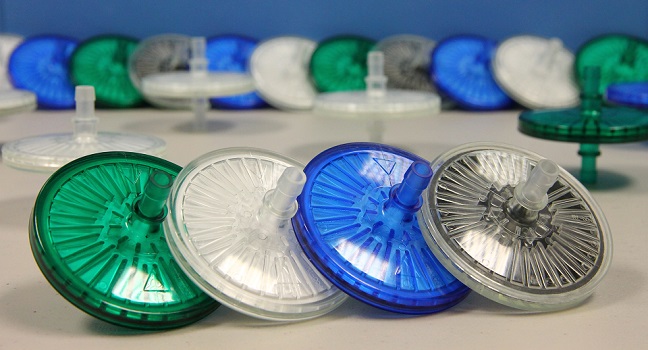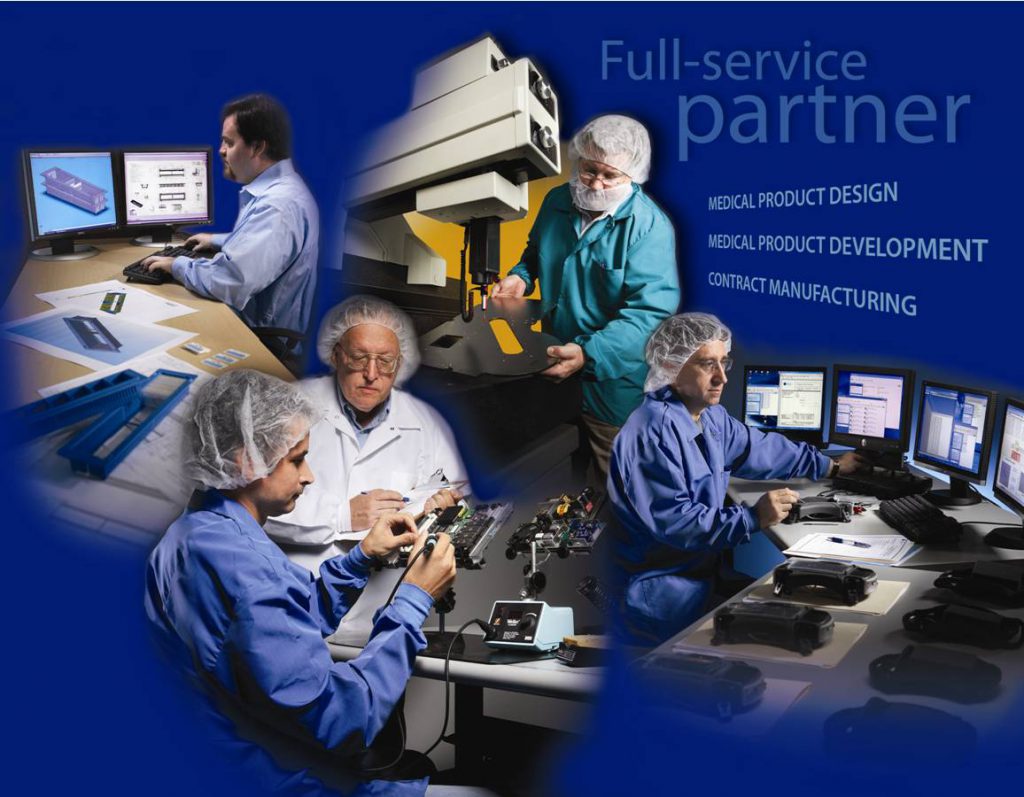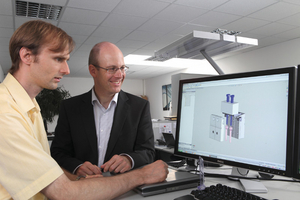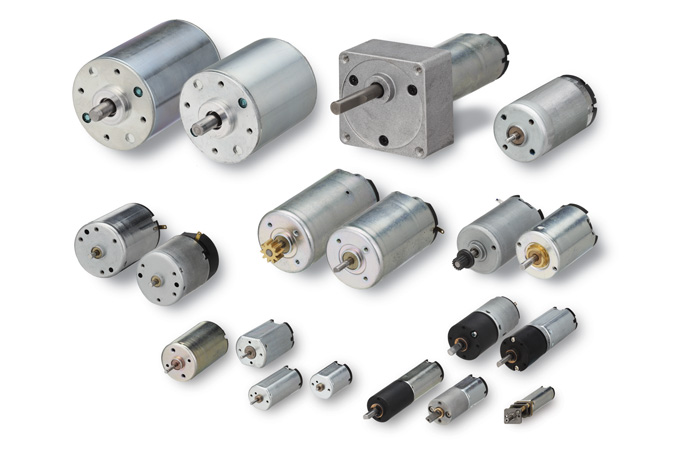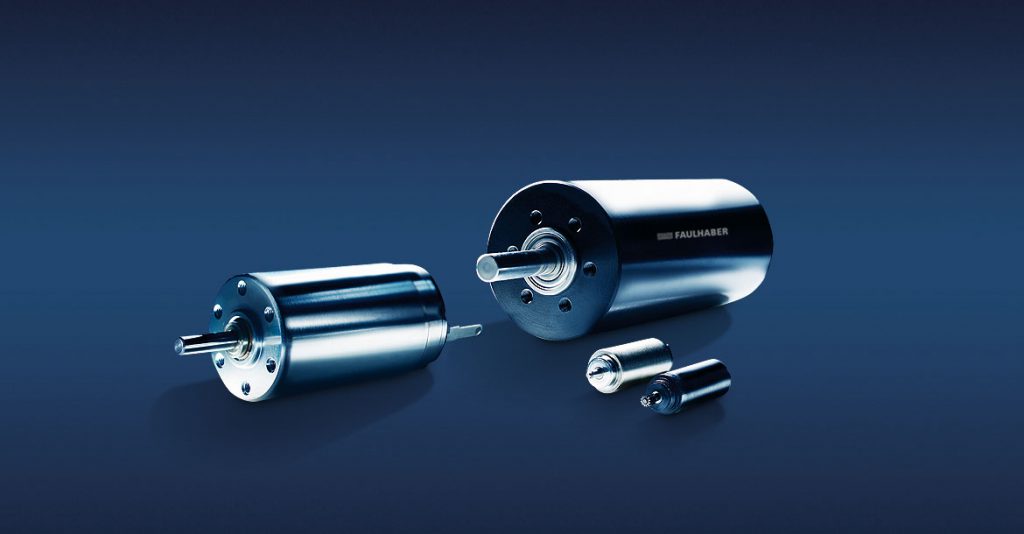As pressure to lower health care costs grows, companies are challenged to create more effective medical equipment while controlling price increases. As the manufacturing process from development to prototype to regulatory approval advances, the manufacturer-supplier relationship is shifting from transactional to collaborative. Medical Device manufacturers of all sizes can realize substantial benefits by establishing partnerships with their suppliers. Forward-thinking suppliers understand how they can support the medical device manufacturing industry through these partnerships. In many instances, suppliers can help Medical Device manufacturers by collaborating through shoulder-to-shoulder engineering to develop advanced designs and materials. Many suppliers are manufacturers with state-of-the-art operations and in-house engineers who can add a superior level of insight to the early-stage development discussion based on their domain knowledge, technical expertise and experience manufacturing their own parts and products for similar devices. Medical device manufacturers of different devices, from catheters to blood separators, orthopedic products to surgical trays, are showing a growing interest in a design approach in which the supplier pro-actively collaborates with its customer to engineer materials to address the unique needs of the Medical Device manufacturer. Without engaging a supplier in prototype development, medical device manufacturer’s risk creating a sub-optimally designed prototype that may require expensive and complex maintenance. The following categories are examples of suppliers sought by Medical Device manufacturers.
- Adhesives and Sealants
- Cleanrooms and Environmental
- Components
- Computing and Software
- Electronic Components
- Filters and IV Products
- Contract Manufacturing Services
- Materials
- Manufacturing Equipment
- Molding Services and Equipment
- Motors and Motion Control
- Printing, Labeling, and Bar Coding
- Pumps and Valves
- Research & Development, Engineering and Design Services
- Surface Treatment
- Testing, Metrology and Inspection
- Tubing and Extrusion
Adhesives and Sealants
Adhesives in Medical Devices have many applications including bonding Medical Device components and for patient wound-care. Medical adhesives encompass a wide range of fabrication materials, but they are typically composed of synthetic or biological formulations. Formulations are tested to meet medical safety criteria. Common variants of these adhesive types include Acrylics, Silicone, Polyurethane, and Bio-adhesives. Examples of applications that require medical adhesives include surgical instruments, biosensors, electrodes labeling, catheters, and implantable devices. There are various medical adhesives that feature different bonding qualities when applied to different substrates, and require different methods of application. Properly designed seals protect against dirt, dust, fluids, and EMI. For applications in which seals touch human tissue or bodily fluids, or contact drugs and other medical fluids, biocompatibility of the seal compound must also be taken into account. Another consideration is the level of impurities in the seal material. Impurities could react with fluids or tissues themselves. The typical concern is that carcinogenic or toxic impurities will leach out of the seal over time.
topCleanrooms and Environmental
The integrity of the manufacturing process is especially important for any medical device that comes in direct or indirect contact with a patient, since they can be easily contaminated with microbiological or chemical residues produced within the manufacturing and distribution environment. Cleanrooms are ideally suited for the manufacturer of these types of medical devices. Cleanrooms are enclosed and environmentally-controlled spaces in which temperature, humidity, pressure and contaminant levels are kept within strict limits. Cleanroom environments used for the production of medical devices are expected to meet the design specifications detailed in ISO 14644-4, Cleanrooms and associated controlled environments – Part 4: Design, construction and start-up, and ISO 14644-5, Cleanrooms and associated controlled environments – Part 5: Operations. The control of microbial contamination in cleanrooms is expected to meet the requirements of ISO 14698, Cleanrooms and associated controlled environments, Bio-contamination control, as well as Good Manufacturing Practice (GMP) Guidelines.
topComponents
Medical Device OEMs rely on suppliers to provide components to be used in variety of Class I, II, and III Medical Devices such as endoscopy, drug-delivery pumps, blood sugar monitors, prosthetics, pulse oximeter, ophthalmic equipment, and hundreds of other diagnostic and medical devices. A partial list of medical device component categories supplied to Medical Device OEMs include Plastic, Ceramic Injection Molded, Miniature, Machined, Mechanical, Rubber, Wire and Ultra-Fine Wire, Electrical, Optical, Titanium, CNC Swiss, Laser Machined, Precision Cast, Heat Treated, Dip Molded, Metal Injection Molded, Cleanroom Assembled, and many more.
topComputing and Software
Computing and software are essential in Medical Device R&D and manufacturing. For example, Specialized software applications are used to solicit, document, and manage product requirements in the industry, these software are known as Requirements Management software. An integrated development environment (IDE) is a software application that provides comprehensive facilities to computer programmers for software development. Computer Aided Design (CAD) computing helps mechanical engineers to design mechanical parts and hardware. Complexity in the manufacturing of medical devices requires workflows that enable efficient collaboration across inter-disciplinary teams. This is achieved by deploying Enterprise Resource Planning (ERP) software from third-party suppliers. Each software module in ERP automates business activities of a functional area within an organization. Common ERP software modules include product planning, parts purchasing, inventory control, product distribution, order tracking, finance, accounting, and human resources aspects of an organization. Process-control and QA/QC software enable OEMs to ensure that safe, effective medical devices are produced in compliance with FDA and other regulatory standards. It is common for Medical Device OEMs to work closely with suppliers to acquire custom made computing resources tailor-made to the specific needs of their organization.
topElectronic Components
Factors contributing to the growth of electronics applications in Medical Devices range from the need for accuracy of the device performance in the surgical suite to an individual patient’s desire for monitoring their own health at home. Electronic components in demand by Medical Device OEMs include Application-Specific Integrated Circuits (Asics), Batteries, Cables and Cable Assemblies, Capacitors, Connectors, Crystals, Oscillators, Piezoelectric, Displays, Electrodes, Embedded Systems, EMI/RFI Shielding, Enclosures/Chassis, ESD/EMC products and services, Fans/Thermal-Control components, Fiber Optics, Filters, Flexible Circuits, hospital-grade Cords And Plugs, Inductors, Lamps, Lights, Magnets and Ferrites, Membrane Switches, Power Supplies/Converters, Printed Circuit Boards, Resistors, Semiconductors, Sensors, Signal Conditioners, Single-Board Computers, Switches and Relays, Thermistor Assemblies, Timers and Controllers, Transducers, Transformers, components enabling Wireless Technologies, and Numerous Other electronic components.
topFilters and IV Products
Filters are used to ensure the purity of an intravenous (IV) solution. IV filters strain the solution to remove such contaminants as dissolved impurities (detergents, proteins, and polysaccharides), extraneous salts, microorganisms, particles, precipitates, and undissolved drug powders. Any such contaminants may complicate the IV therapy and patient recovery. Filter types vary and include Hydrophilic, Hydrophobic, Membrane, Microporous, Nonwoven, Screen, Depth and Others. Filters are manufactured using materials such as Ceramic, Nylon, Polypropylene, Polyethylene, Polycarbonate, Polysulfone, Polyester, Polytetrafluoroethylene (PTFE), and Polyvinylidene Difluoride (PVFD).
topContract Manufacturing Services
Many Medical Device manufacturers excel in the concept, design and prototyping phases of product development and outsource the production of components or entire devices to contract manufacturers. This is as true of established original equipment manufacturers (OEMs) as it is for mid-sized companies and startups. Generally, contract manufacturer serving the Medical Device industry have comprehensive capabilities and deep expertise in one or more manufacturing spheres gained through years of experience. These spheres can include assembly, CNC Machining Services, Computer Integrated Products, Converting, Die-cutting, Forming and Finishing, Joining and Sealing, Machining, Medical Device Prototyping, Molding and Casting, Packaging, and Stamping to name a few. Criteria to consider when selecting a contract manufacturer may include ISO 13485 certification, CGMP compliance, and cleanroom capabilities.
topMaterials
The materials used to make Medical Devices depend on how the products will be used. They are chosen based on several factors including mechanical, chemical and biocompatibility requirements, cost, availability, patient safety, and ease of maintenance. There are certain materials that can fulfill these requirements and help manufacturers produce high-quality and cost-effective Medical Devices. Surgical Steel is the metal of choice for implants to repair bone fractures. Titanium is used to make pacemaker casings, although these can also be made with a Titanium Alloy. The malleability of plastics makes them highly valuable in the Medical Device industry. A wide range of biocompatible plastics are used in countless applications. Polyurethane, for instance, is used to insulate the metal lead in pacemakers, while Polyvinyl Chloride (PVC) is used to make blood tubing and blood bags. Polyetherimide (PEI) is the material of choice for surgical skin staples, while Polyetheretherketone (PEEK) is used to make rigid tubing for various purposes. The biocompatibility of plastics is determined by USP Class VI and ISO 10993. Medical grade Liquid Silicone Rubber is preferred by many manufacturers because of its thermosetting property. Liquid Silicone Rubber complies with USP Class VI and ISO 10993 standards, and it can be sterilized using autoclaves as well as E-beam and gamma radiation processes. It also stays stable and maintains its resiliency and flexibility even when exposed to high temperatures. Suppliers who keep Medical Device OEMs abreast of the latest advances in material science suitable for Medical Device applications, increase their chances of landing lucrative contracts with their OEMs customers.
top

Metal-Plastic (longest used) -Ceramic-Plastic. Ceramic-Ceramic. 
Manufacturing Equipment
Medical Device production demands the use of a wide variety of manufacturing equipment. Different apparatuses are required to process and convert various materials, automate assembly lines, and to ensure the cleanliness and functionality of certain components. Examples include: Assembly Related Equipment (e.g., Component-Assembly, Dispensers/Fillers, Sealers), Automation/Custom Equipment, Cleaning Systems and Chemicals, Converting Equipment, Material Processing Equipment (e.g., Extrusion, Metal Fabricating, Molding, Presses, Process-Control, Rapid Prototyping, Tubing-Processing, UV-Curing Systems, Welders), Material Remover Equipment (e.g., Deflashing /Deburring, Machining, Milling).
topMolding Services and Equipment
The proliferation of Medical Device designs has amplified the need for molding services and machinery. As a result, Medical Device OEMs work with contract molders that have the expertise and equipment to meet their specific molding needs such as Capsulation, Optical, Polyurethane, PTFE, Semi-Solid, Fiberglass, Plastics, Micro-Molding, Metal-Injection, Thermoplastics, and many more. Molders that can meet the needs of Medical Device OEMs should keep their customers and potential customers advised of their molding capabilities. OEMs which prefer to do in-house molding purchase molding equipment from industrial suppliers; examples include Injection, Blow, Insert, Rotational, and Compression to name a few. Single- and Multishot molding operations, enabled by custom tooling, can yield both simple and complex Medical Device components from a range of materials. Molds vary from Single to Multicavity, and are specially made to handle materials such as Thermoplastics, Rubber, and Metals. Contract molders can typically assist with every step of the process, from mold design through production and shipping. Some molders may specialize in a particular molding operation, such as Micromolding, Injection Molding, Rotomolding, Insert Molding, Overmolding, or Blow Molding; however, others have core competencies in multiple molding processes. Related molding equipment is also available for OEMs that mold products in-house.
topMotors and Motion Control
Motors and Motion Control components contribute significantly to the advancement of Medical Devices. Suppliers of Motors and Motion Controls innovate continually to meet the needs of Medical Device OEMs. Examples: A high-performance Brush-less DC kit motor is designed for applications in which high torque needs to be produced in limited space. A Four-Axis motion control card features the ability to obtain Trapezoidal and Constant-Speed motion profiles, the capability to perform Linear and S-Curve Acceleration and Deceleration, Circular and Linear interpolation. A line of high-performance, fully Autoclavable Slot-less and Brush-less DC motors can be used in medical applications such as handheld surgical instruments and pumps delivering high power density and speeds. Other examples include Micro-motors, Frameless motors, and many more.
topPrinting, Labeling, and Bar Coding
Printing on a Medical Device is essential for safety and to ensure the correct usage of the Medical Device. Screen-Printing, Hot-Stamping, Laser Marking, Pad-Printing and Ink-Jet Printing are some of the techniques used for medical use printing. Printing media may include Plastics, Metal, Glass, Silicone, Rubber, and others. Imprinting can be for a wide array of Medical Devices such as Injection Molded parts, Syringes, Vials, Beakers, Ampoules using medical grade inks. Suppliers offer validated labeling system to ensure compliance with the Code of Federal Regulations (CFR) and ISO label content guidelines. Suppliers can also assist Medical Device OEMs to implement GS1 and HIBC package barcodes, and can assist clients with understanding and implementation of Unique Device Identification (UDI) compliant labeling.
topPumps and Valves
The Pumps and Valves of Medical Devices perform a variety of essential functions. These functions center on directing the current of a given medium (gas, liquid, etc.). Advances in pump technology enable suppliers to provide Pumps which fulfill complex Medical Device requirements such as less heat and noise, and longer product life to name a few. Complex Pump design requirements have changed the relationship dynamics between OEMs and their suppliers. In the past Medical Device companies looked at suppliers to outsource work and reduce costs. Now, in addition to cost reduction, Medical Device OEMs turn to their Pump suppliers for design expertise. As Medical Devices get smaller and more mobile, Medical Device OEMs look for Valves that are quieter, smaller, have longer life, and consume as little power as possible. Valve types used in Medical Devices include Pinch, Dispensing, High-pressure, Needle-free, Relief, Servo, Micro-dispensing, Diaphragm, Vacuum, and Miniature Check valves.
topResearch & Development, Engineering and Design Services
Medical Device OEMs routinely enlist companies specialized in Medical Device R&D services to help them design and develop Medical Devices. These companies often have expertise in one or several engineering disciplines including mechanical, industrial, electronics, and software. The Medical Device OEMs and the external R&D team work together to navigate through the product development process. In addition to technical expertise, sound project management and effective communication are essential in ensuring project success. Throughout the process, the proposed medical device, and the process by which it will be manufactured, is examined for flaws that may negatively impact the device’s safety, market viability, regulatory acceptance, customer satisfaction, usability, or profitability. Once both the product design and the manufacturing processes have been validated and approved by the U.S. Food and Food and Drug Administration (FDA), production and commercialization of a device may begin.
topSurface Treatment
Materials used in Medical Devices may need to undergo surface treatment to make them more suitable for their intended applications. Surface-treatment includes Coating, Etching, Polishing, Deburring, and more. Surface modification without changing the material chemically is accomplished through mechanical and thermal processes, whereas surface modifications to change the material chemically is accomplished by processes such as Thermos-chemical diffusion, Electro-chemical, and Chemical Conversion coating. Material surface are coated to achieve desired properties. For example Parylene conformal coatings reduce friction effectively, remove surface tackiness and protect against discoloration and contamination. Barrier coatings protect against moisture, corrosion, temperature, chemicals, substances and contamination. Lubricity and Release coatings enhance performance, maintain critical operating torque, tension and release behavior for surgical devices and tools. Anti-corrosion coatings protect vital parts and surfaces in chemical, biological and environmental conditions. These coatings not only provide protection to maintain performance in hostile environments but can also provide easy cleaning and decontamination properties. Many of these services and treatments are outsourced to suppliers with in-depth expertise and capabilities.
topTesting, Metrology and Inspection
Safety, efficacy, and speed to Market are the goals for Medical Device OEMs. Contract laboratories assist OEMs to achieve their product objectives by offering services such as Material Testing and Characterization, Chemical Analysis, Corrosion Testing, Metallurgical Analysis, Nondestructive Testing, Shelf Life Studies, Product Durability Testing and much more. These tests can alternatively be performed by Medical Device OEMs utilizing various measurement, test and inspection instruments such as Coordinate Measuring Machines (CMM), Optical and Laser Measurement Instruments, Scanners, Surface Analyzers; and instruments for Electrical Testing, Chemical Analysis, Microbiology, Sterility, and Biocompatibility Testing.
topTubing and Extrusion
Supplier capabilities sought by medical device manufacturers include close tolerance Single and Multi-lumen geometries; Para-tubing, Profiles, Ribbons, Beading and more; two and three layer Co-extrusion, Single or Multiple Stripes, Outer or Embedded Configurations; Custom Compounding for optimizing material properties, color consistency, and radiopacity; Over-extrusions, Wire Coating, custom FEP Heat Shrink Tubing; Bump Extrusions for transitional diameters, strain reliefs, tapered tubes. Medical-grade tubing is fabricated from a range of materials that include such plastics as PEEK, Polyimides, Fluoroplastics, and Silicones, and metals such as Stainless Steel.
top





